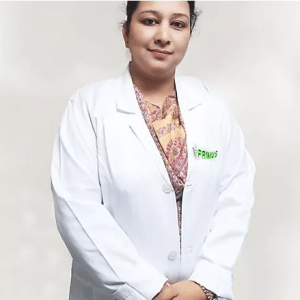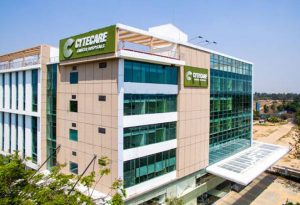Chronic Lymphocytic Leukaemia
Chronic lymphocytic leukaemia, otherwise known as CLL, is a kind of blood and bone marrow cancer. The term “chronic” in chronic lymphocytic leukaemia is due to the fact that it progresses more slowly than other forms of leukaemia. The term “lymphocytic” in chronic lymphocytic leukaemia is because it affects the lymphocytes; the cells that help […] Read More
Top Doctors For Chronic Lymphocytic Leukaemia Treatments
Top Hospitals For Chronic Lymphocytic Leukaemia Treatments
Chronic Lymphocytic Leukaemia
- Stage 0: This stage is characterized by high levels of lymphocytes only. Other parameters are normal.
- Stage 1: This stage is characterized by high levels of lymphocytes and enlarged lymph nodes.
- Stage 2: This stage is characterized by high levels of lymphocytes; enlarged lymph nodes and spleens; and potentially enlarged liver.
- Stage 3: This stage is characterized by high levels of lymphocytes; anaemia; and enlarged lymph nodes, spleen, or liver.
- Stage 4: This stage is characterized by high levels of lymphocytes; an enlarged lymph nodes, spleen, or liver; possible anaemia; and low platelets level.
- Blood tests: such as complete blood count with white blood cells differential and immunoglobulin testing.
- Flow cytometry and cytochemistry.
- Fluorescence in situ hybridization (known as FISH).
- Bone marrow biopsy and aspiration.
- Imaging tests, for instance, computerized tomography scan and positron emission tomography.
- Genomic and molecular testing: These tests look at the specific and unique genes, proteins, and chromosome changes of certain types of leukaemia.
- Chemotherapy; the use of cytotoxic drugs to destroy cancerous cells.
- Radiation therapy; the use of high energy X-rays to put an end to cancer cells.
- Targeted therapy; the use of highly specialized meds to target the proteins in cancerous cells to prevent them from growing.
- Immunotherapy; using the body’s immune system to fight cancer.
- Surgery; to remove an enlarged spleen.
- Bone marrow or peripheral blood stem cell transplant.
- Blood transfusion.
Symptoms
Many people dealing with chronic lymphocytic leukaemia show no early symptoms. Those who later develop symptoms may experience;
- Enlarged, painless, lymph nodes.
- Fatigue.
- Fever and chills.
- Pain in the upper left side of the abdomen, which may be as a result of an enlarged spleen.
- Night sweats.
- Weight loss.
- Frequent infections or illness.
Causes
There’s no certainty yet about what kick-starts the process that leads to chronic lymphocytic leukaemia. To an extent, what is known is something that happens which leads to a genetic mutation in the DNA of the blood producing cells. This mutation makes the blood cells produce abnormal, ineffective lymphocytes.
When normal lymphocytes die, these abnormal lymphocytes continue to live and proliferate. The abnormal lymphocytes then accumulate in the blood and certain organs, where they cause complications. They may also crowd healthy cells of the bone marrow and interfere with the production of a normal blood cells.
FAQ
Chronic lymphocytic leukaemia survival rate.
The 5-year survival rate for chronic lymphocytic leukaemia is not less than 80%. This is, however, lower in older people with the condition.
Are there any risk factor associated with chronic lymphocytic leukaemia?
- Age; it is commonly diagnosed in people over the age 50.
- Sex; more men are affected than women.
- Ethnicity and race; more common with people of Russian and European descent.
- Monoclonal B-cell lymphocytosis.
- Family history of blood and bone marrow cancer.
- Exposure to certain chemicals such Agent Orange
What are the complications of chronic lymphocytic leukaemia?
Complications likely to occur as a result of chronic lymphocytic leukaemia include;
- Frequent infections or illnesses.
- A change to a more aggressive form of cancer.
- Increased risk of other forms of cancers.
- Immune system problems.
Are there any side effects of chronic lymphocytic leukaemia treatment?
The medicines used in chronic lymphocytic leukaemia treatment may cause some significant side effects, such as:
- Persistent tiredness.
- Nausea.
- An increased risk of infections.
- Anaemia, shortness of breath, weakness and pale skin.
- Hair loss or thinning.
- Irregular heartbeat.
- Allergic reaction.
































































































